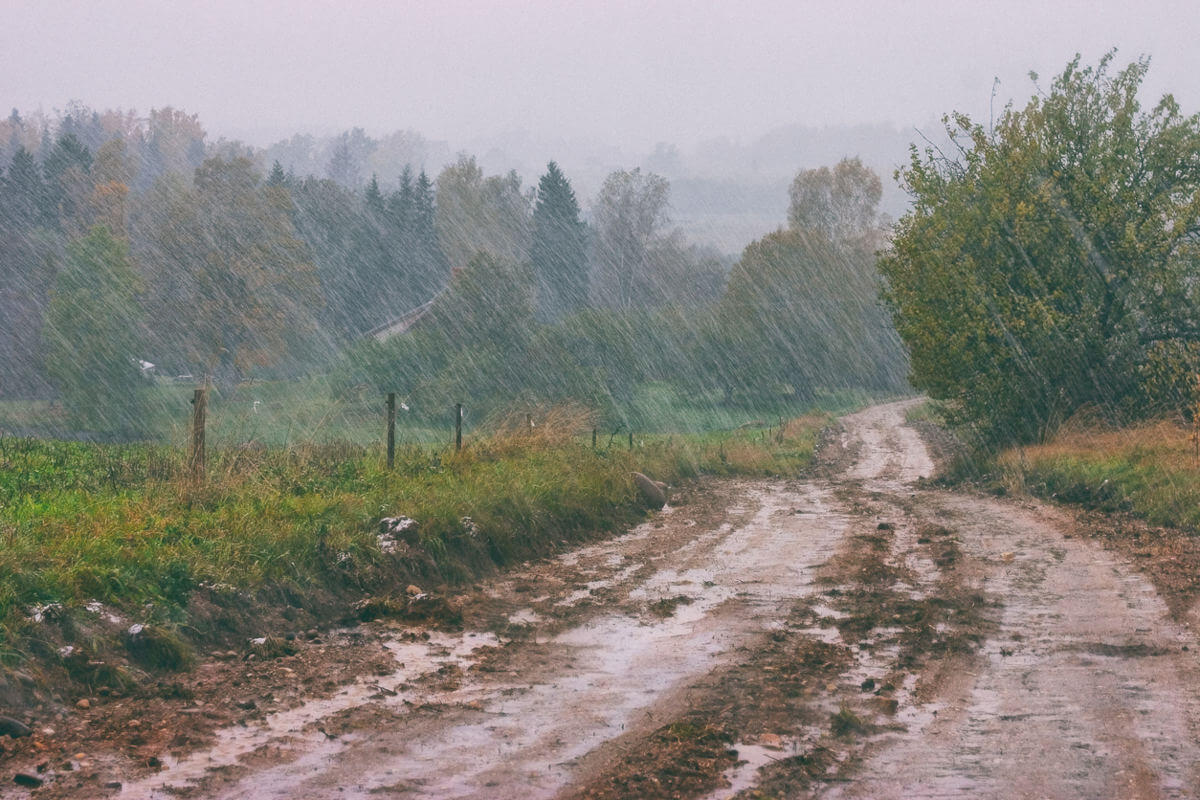Insight Focus
- For the next two weeks, rainfall is expected to be 186% of normal levels.
- Drills are being prepared to plant spring crops when the rain stops.
- A neonicotinoid seed dressing will be permitted in the UK again this year.
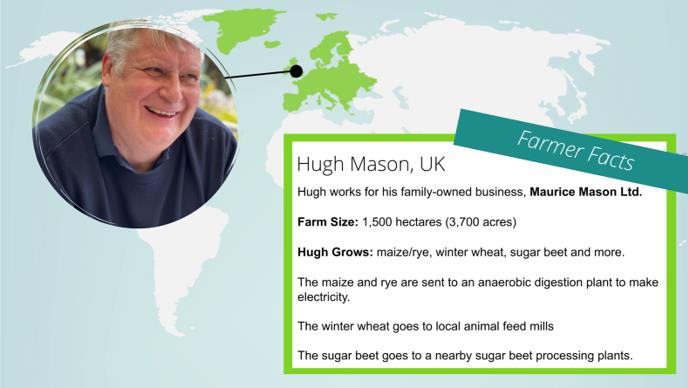
What’s Happening on The Farm
To start with I am instructed by my lovely wife to write more happily. She said last month’s comments made her suicidal, but she put on new nails and headed to New York. It rains in NY too!

In a moment of great excitement, the sugar company set light to its factory one Saturday morning. Deliveries were stopped. But what goes around on the wheel comes around. Two days later our beet harvester was seen to be smoking. Happily, this was only diesel on a hot engine.
As bad luck comes in threes, a man set light to his shed at the other end of the village two days later. No-one was hurt and the fire engine had a ride out. It does make me wonder why there are so many fires when all it has done is rain.
And boy has it continued to rain. For old crop sugar beet, we are circa 160% of normal and for new crop, measuring from February 1, we are 200% of normal. For the next two weeks it is expected to be 186% of normal rain levels.
So we can safely assume harvest 2023/24 has been very drawn out and there is going to be a drought for harvest 2024/25. We even have a new river in the local village.
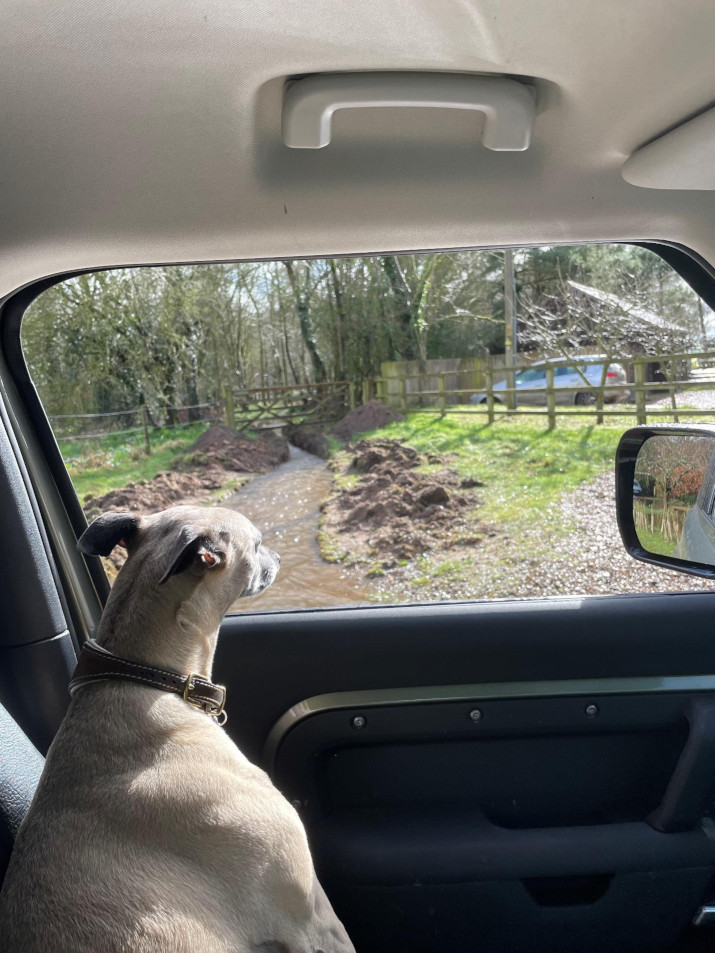
We deliver all our own crops to our customers so the delay in the sugar beet harvest has rather upset our normally well-ordered delivery of grains to others. Sugar is not the only crop we have to think about. Obviously, there is much land that has not been planted that should have been.
The factory shut last Saturday and now we are getting ready for next year. Normally we like three or four weeks without this crop.
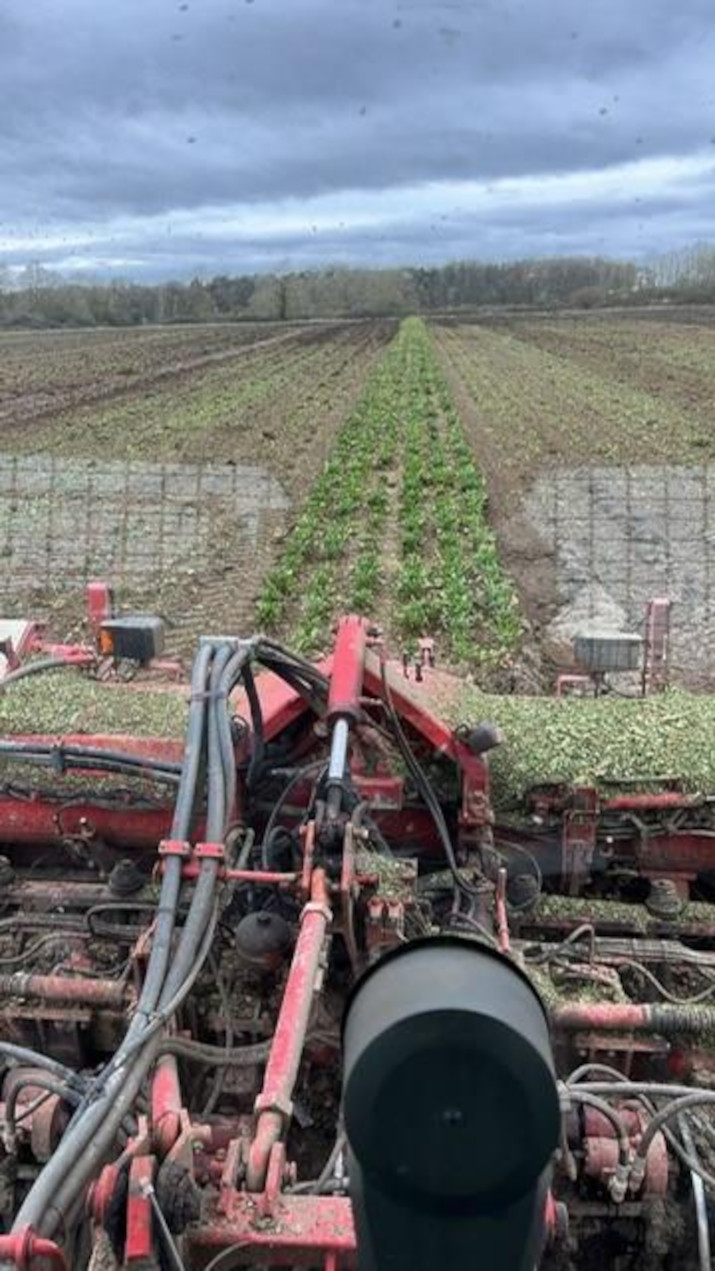
As is ever the case, drills are being prepared to plant spring crops, if and when it stops raining.
At What Stage Is Your Crop?
Wheat/Rye
We are coming out of a very wet winter and these crops look miserable. Where we have been able to travel, we have applied nitrogen to encourage tillering and growth and where we haven’t, they look hungry.
Soil conditions have not allowed the plant to make the most of above seasonal temperatures. It is also argued that root development will have been less than normal, which increases the risk of lower yields later. Again, whatever yield number you are using, I currently think it is going to be lower.
OSR
Over the hedge I remain deeply envious of my neighbour, who clearly has done his job well and spring growth can be seen. Although nowhere near full flowering, the yellow of a happy crop is visible as we warm up.
Sugar Beet
Although we have not done full analysis of the 2023/24 crop, lack of sunlight in the autumn will have lowered yields. There has also been so much water that growth seems to have floated away.
In the UK, we are going to be allowed to use a neonicotinoid seed dressing again this year, as seasonal temperatures have been significantly warmer than normal. This increases the risk of aphids, leading to a yellow virus threat. And if we get virus, disease follows shortly after.
The decision-making process is such that the treated seed will not be on farm until after Easter, which means for 60% of the UK crop, late plantings will be the order. We normally start planting on March 15 and it should take 10 days. I also argue that the weather pattern leads to an increased risk of Cercospora this coming year. I would not be writing up yields in my S&D.
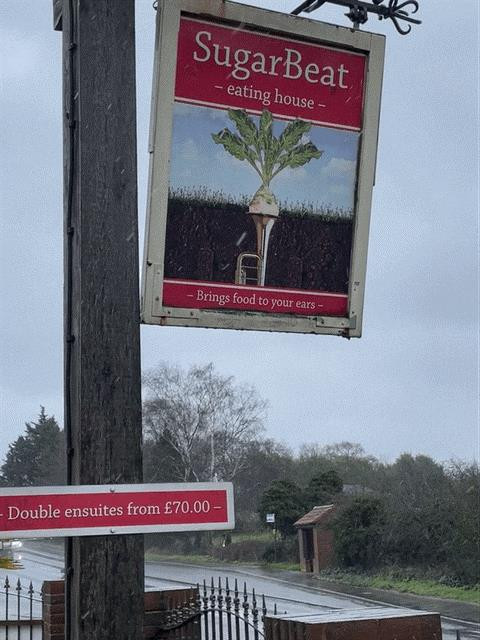
Others
We have been accepted into the new environmental scheme that the government is running. When the sun shines, I’m off to count trees. I always thought you ate trees when there was no food left.
More seriously, maize land is now being prepared with applications of organic manures as we enter the spring period of application. Sampling and planning has been undertaken to see that we maximise this source of nitrogen, although it has to be said it is a very imprecise science.
What Big Concerns Do You Have at The Moment?
I worry about how we will plant for harvest 2025, probably because we have had the wettest autumn/winter in a VERY longtime. Access to labour is proving harder, and I observe that my colleagues that write about their farms also make similar comments. Put these two issues together and note that the “market” is currently not paying a farmer enough to earn a living, so I have more than one thing to worry about.
